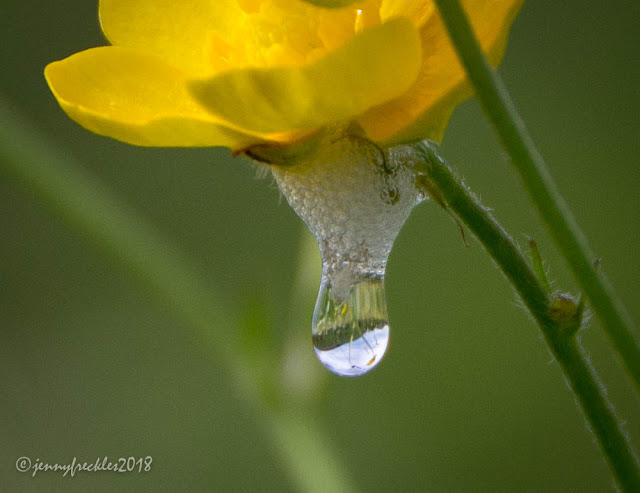My destination for the first couple of nights of my road trip was the village of Oddington, Gloucestershire, not far from Stow on the Wold. It is in fact two villages: Lower and Upper Oddington, strung out along a quiet road.
This was my first experience of an Airbnb and it was very positive. The little place I stayed in was a charming, stone-built annexe in the corner of a garden, quite private from the house it belonged to. It was a scorching hot weekend, but happily there was a lovely pub next door to my hideaway, which furnished ice-cold drinks and the opportunity to watch the England World Cup quarter final on a big screen TV! Hooray!
In the late evening, when it had cooled down a bit, I explored the village, which is obviously now a dormitory village but has a history of sheep and corn farming. Some of the buildings looked to be very old, judging by the wonky walls and roofs, though there were various small developments of housing that appeared much more recent. Most of the properties are built of the local Cotswold stone, a warm yellow oolitic limestone. JB Priestley wrote, poetically: “The truth is that it has no colour that can be described. Even when the sun is obscured and the light is cold, these walls are still faintly warm and luminous, as if they knew the trick of keeping the lost sunlight of centuries glimmering about them.” Isn't that lovely?
I was rather touched by the little cluster of amenities: the postbox, the village noticeboard, the litter bin and the old telephone box repurposed as a store for a defibrillator. A handy defibrillator is a good thing, I suppose, though I'm not sure how these are meant to be used or by whom.



















































